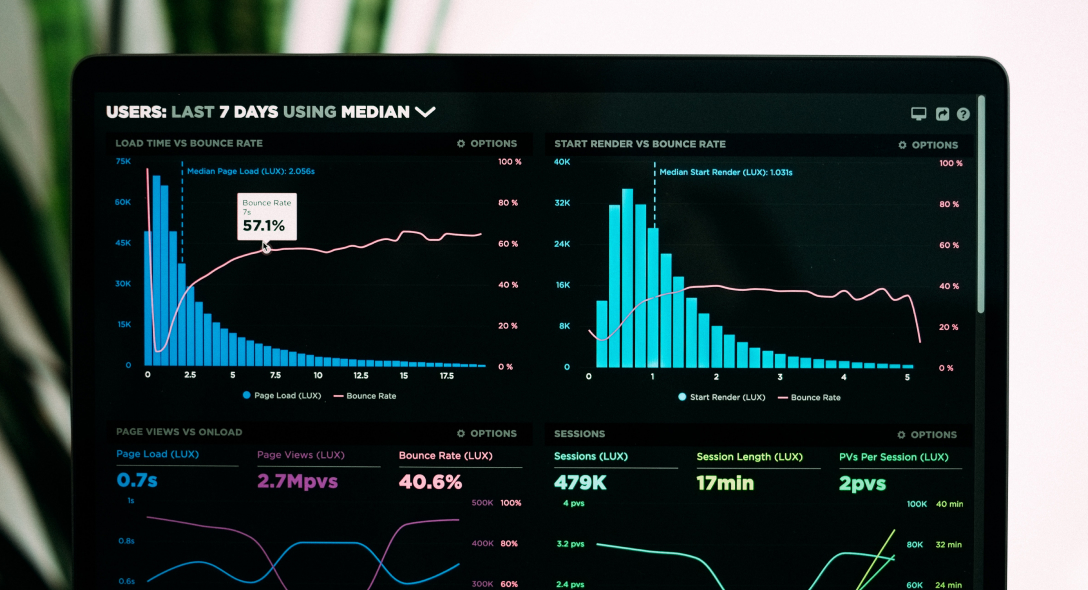The role of credit institutions for the public at large is unparalleled and unquestioned. There is a dire need for a design of reporting requirements that do not endanger financial stability with the transmission of "transparent" information to avoid a financial crisis and provision of accurate actual insights on the financial position and performance revealing all risks. Timely recognition of credit losses, efficient off-balance sheet reporting, and global adoption of the same financial reporting framework is the need of the hour.
Reports are highly important in showcasing the performance and reputation of the bank and presenting it to the board and stakeholders and serves as a primary tool for effective communication between companies. RPA automates reporting techniques, enabling the employees to focus on other high-priority tasks.
Financial Reports
The information is derived from accounting data and audited financial reports automatically with bots, targeting market participants, equity investors, and providers of risk capital.
In the existing system of performance analytics report, creation is very time-consuming and inefficient, and there is the unavailability of personalized reports across all branches. RPA enhances branch performance reports with natural language processing and Business Intelligence with quick on-demand internal reports, comprehensive overview of the performance of various digital channels, and comparison of the performances of different branches. Growth rates and market deposit rates reports can also be automated.
Compliance Reports
Banks have spent more than $321 billion on settlements, enforcement actions and fines since the financial crisis in 2008 based on Bloomberg Report. Not surprisingly, the banking sector spends $270 billion a year on compliance-related costs, accounting for more than 10% of the bank's operating cost, according to International Banker.
Conventionally, compliance officers read all documents relating to fraudulent transactions manually. RPA generates compliance reports for fraudulent transactions in the form of Suspicious Activity Reports (SARs), which is a mandatory requirement in financial institutions. With National Language processing capability, RPA bots read lengthy compliance documents and extract required information for filing SARs.
Risk Reports
While regulatory compliances and requirements have focused on the quality of the data in risk reports and their timeliness, it gives less focus to a report's format and how it can impact decision making. RPA replaces paper-based reports with information and analysis that enables the bank to make smarter decisions faster, and identify potential risks within seconds.
Call reports
Every national bank, state member bank, insured state nonmember bank, and savings association ("institution") is required to file Consolidated Reports of Condition and Income (a "Call Report") as of the close of business on the last day of each calendar quarter, i.e., the report date, according to Federal Deposit Insurance Corporation.
Call Report data serves a regulatory and public policy purpose in fulfilling their missions of ensuring the safety and soundness of financial institutions and the financial system and the protection of consumer financial rights, as well as missions affecting national and state-chartered institutions, e.g., monetary policy, financial stability, and deposit insurance.
